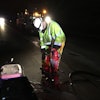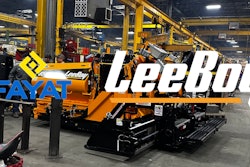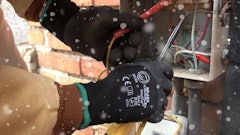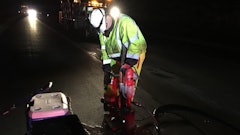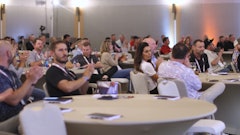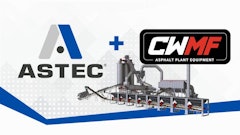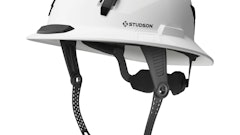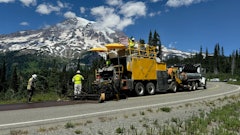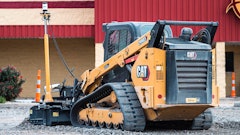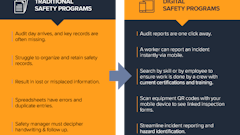
As I write this, I just got back from Louisville, Kentucky, and while the bourbon down there flows as freely as a McDonald's soda fountain—the conversations, ideas, and industry insights at the NAPA Mid-Year Meeting were just as prevalent.
As someone who’s spent time in the trenches with the commercial pavement maintenance professionals, I’ll be the first to admit: it’s easy to think these conferences are for the, "big guys." But if this week made one thing clear, it’s that what happens in rooms like these will ripple all the way down to your sealcoat truck.
While some might imagine that the National Asphalt Pavement Association (NAPA) Mid-Year Meeting is more of a checkpoint between the larger annual meetings, that's not the full picture. This is where the industry gets tactical tracking legislation, refining policy messages, and sharing best practices in health, safety, and workforce development. Here are some highlights from what I gathered from the industry down in the land of charred whiskey barrels and horse racing.
 Nile Elam, VP of Government Affairs NAPA (Left); Brandon Noel, Editor, Asphalt Contractor (Right)Brandon Noel
Nile Elam, VP of Government Affairs NAPA (Left); Brandon Noel, Editor, Asphalt Contractor (Right)Brandon Noel
1.) The Home Stretch: Surface Transportation Reauthorization
I had many meaningful conversations about the Big Beautiful Bill (BBB), recently passed by congress and signed into law by President Trump. While it's a massive piece of legislation, it doesn't address everything despite its name. The current surface transportation authorization bill, the Infrastructure Investment and Jobs Act (IIJA), passed under President Biden, is set to expire on September 30, 2026.
The big takeaway? There is A LOT of work still to be done. While NAPA is hard at work helping shape what that next wave of infrastructure investment might look like, ultimately, it's the elected officials who will write the next bill. It was a big reminder to me that even commercial maintenance contractors, those of you not laying highways, still have skin in this game.
Why? When large contractors lose government funding or experience delays, they shift into the commercial space to stay busy. Suddenly, you're bidding against a company that owns the asphalt plant you buy from and a crew that’s twice your size. Staying informed, getting involved, and supporting policy that keeps the heavy highway folks busy benefits everyone.
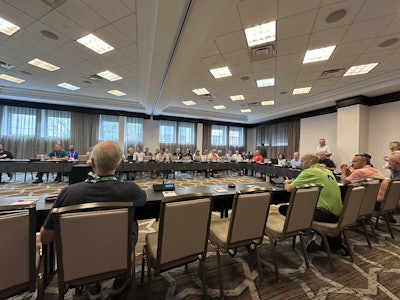 Health and Safety Committee.Brandon Noel
Health and Safety Committee.Brandon Noel
2.) Health And Safety Topics Are Having A Moment
Extreme heat safety is a topic I'm passionate about, which is why I made it a point to attend the Health And Safety Committee meeting. There were at least sixty-seven days last season labeled as extreme heat related risk, where the heat index rose to at least 105 degrees for at least three hours. Now imagine that on the back of a paver, or working near a hot mix plant.
NAPA's Health And Safety Committee continues to offer plug-and-play resources that members can use immediately, no need to reinvent the wheel, just adapt and apply. It's one of the many reasons why membership is more than just a patch on your shirt. Access to these tools could save lives.
With states like Florida, Arizona, and Texas passing state legislation banning mandates for heat breaks, NAPA's guidelines might be your best line of defense for your outdoor workers.
Other topics included work-zone safety, where there was a lengthy discussion about how to break through and make a measurable difference at the state level.
Most notably, there was an entire standalone session on the second day which revolved around mental health awareness and best practices for turning your workplace into a safe space for employees. This is another topic I care deeply about, and am glad to see the industry taking a progressive stance.
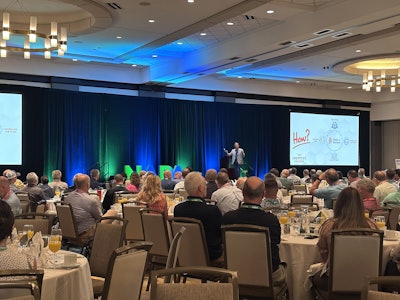 General session one.Brandon Noel
General session one.Brandon Noel
3.) Changing The Labor Narrative
And then there was Chris Stricklin from Dunn Construction, who was easily one of the most inspiring speakers I’ve heard at any NAPA event. He shared about his work in Alabama creating a workforce development pipeline, partnering with local businesses, training students, and giving people without opportunity a pathway into the trades. This is what real solutions look like.
It reminded all of us that problems like labor shortages in construction aren’t going away on their own. They’ll take vision, coordination, and yes, hard work. For those looking to change their own narratives on finding quality workers, it would behoove you to look up Mr. Strickland and pick his brain a little on what they've been able to do.
BONUS takeaway: Relationship-building still reigns supreme!
Whether it's striking up a conversation with a plant manager or swapping notes over dinner with a marketing rep, this is a relationship industry. And the Mid-Year Meeting is a little less crowded, a little more focused, and that offers the kind of access and connection often hard to come by at bigger events.
Next year’s Mid-Year will be in Columbus, Ohio, my neck of the woods! So, if you’ve been on the fence about getting involved, that’s your chance. Come grab a seat at the table. See you on the road!


